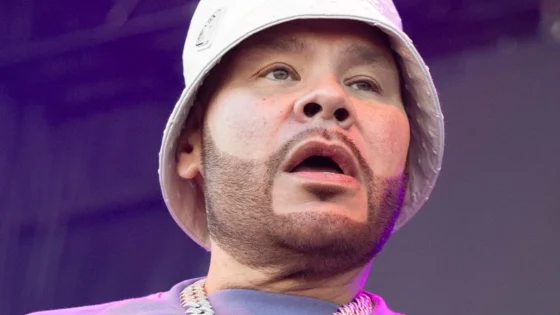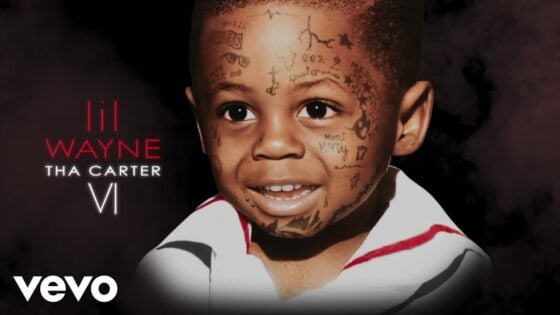Access is Free for Younger Attendees
Beginning 25th of January, all visitors 17 years old and younger will have access to the Grammy Museum in Los Angeles at no cost. This initiative is aimed at encouraging the younger audience to enjoy the interactive musical exhibits that span three floors of the museum. By removing the cost factor, the museum anticipates that the younger music lovers’ generation will be motivated and exposed to various cultural and educational resources the institution has to offer.
According to Michael Sticka, the President and Chief Executive Officer of the Grammy Museum, the museum is working hard to see that music education becomes accessible to all, particularly in the marginalized areas. As Sticka explained, the introduction of the free ticket to children and teenagers aged 17 years and younger is great progress made by the organization to realize its aim of promoting music education. “This initiative is another way for us to give back to the community and ensure that young people can experience the power of music education first-hand,” Sticka added. With his recent renewal of the contract, he will stay in charge until 2029 with an objective of pushing forward these educational ideas.
This new initiative was made possible by a donation received from the Stengaard Gross Family Education Initiative. Their donation goes towards the Grammy Museum’s Campaign for Music Education, which is a fundraising effort initiated in 2022. The focus of the undertaking in this case is to remove all those financial constraints that ordinarily stand in the way of music education. This contribution guarantees that individuals who could have been deprived of such an opportunity, due to financial constraints will now be able to fully participate in the activities of the museum, and consequently increase their interest in music and the arts.

A Step Toward Greater Accessibility
The fact that the recommended plan eliminated the admission charge for youth is applicable to the consensus plan as a whole, which aims at servicing increased traffic areas with comparatively more bandwidth. Admission charges have in the past been a barrier to many, and the issue of limiting access to such valuable resources to the selected few is one that the Grammy Museum wants to see fully addressed. Ultimately, this comes to breaking down barriers that have long existed in terms of music education, leading to a more equitable and multifaceted world of art in the coming times.
Proceeds from the Campaign for Music Education are being invested in different programs and initiatives intended to expand music education as well as uplift communities. One of the main beneficiaries is the Grammy Museum including Grammy Camp, Grammy in the Schools, and the Quinn Coleman Scholarship Fund. These programs enable more youth to understand music and appreciate it, and perhaps prepare them for careers in the industry. Important campaigns like the one in discussion have enjoyed outstanding recognition from artists like Billie Eilish, Dua Lipa, Bruno Mars, Shawn Mendes and Rosalía who are all co chairs of the campaign. That’s their way to stand behind the idea that music education should be improved and active measures should be taken to benefit young musicians in the future.
Sonic Playground: An Exciting New Exhibition
As a result of the Campaign for Music Education’s success, the Grammy Museum is preparing to open a very new exhibit, Sonic Playground, which is expected to be opened next month. This exciting, permanent feature of the museum will include 17 action stations each one of which allows music making and is intended for visitors of all ages and music skill levels. No musical knowledge or skill is the same throughout this exhibit where people can appreciate music and be creative. The Sonic Playground will certainly be one of the areas in the Museum where fun enhancing learning is the order of the day for the guests as is providing an opportunity for visitors to combine sound, rhythm and music in an active way.
The Grammy Museum, apart from the Sonic Playground, has been well-known for the various special exhibitions that mark the success of certain musicians. Previously, the exhibits exhibited the careers of Lifetime superstars such as Shakira, BTS, Amy Winehouse, and Katy Perry in unique and unforgettable ways. These types of exhibits are of both a commemorative nature to these crucial figures and a chance for the fans to come closer to their lives, accomplishments and the art. At the moment, the music institutions are providing displays on Luther Vandross, and personalities like Jay Blakesberg among others, whilst maintaining its objective of providing distinct, curated displays for music fans and novices visiting the museum.
Conclusion

While explaining the Campaign for Music Education, it can be noticed that the Grammy Museum also puts funds for these basic needs but also facilitates the development of music education in the society. The slowly growing collection of the museum is complemented by countless exhibits, educational programs and interactive displays providing the visitors many possibilities to learn and appreciate the diversity of music and the music history. As it broadens the borders of education, entertainment, and creative endeavors, Grammy Museum is actively establishing itself as one of the prominent cultural institutions that foster love for classical music and motivate future generations.
































